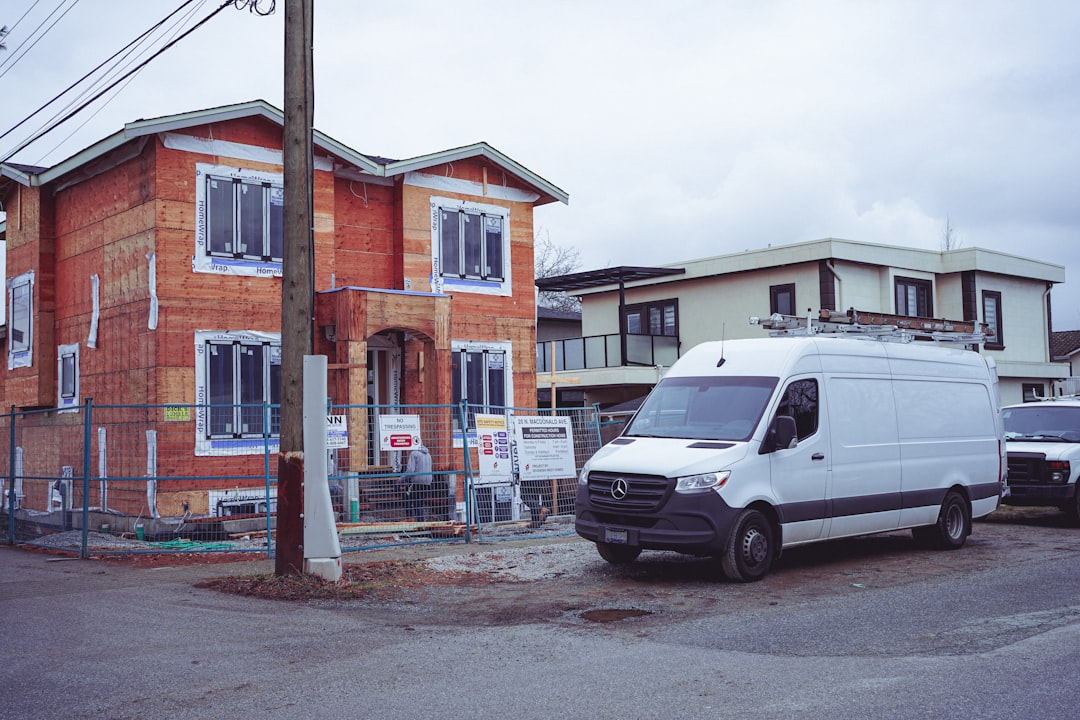
The Ocean State is accelerating toward electrification. From Providence’s historic districts to the coastal cottages of Newport, more residents are switching to electric vehicles every month. Yet many Rhode Islanders discover that installing a home charging station is not as simple as mounting a device on a wall. You need accurate load calculations, utility coordination, local permit compliance, and a clear understanding of evolving incentives. That is where CountBricks’ AI-driven residential construction platform delivers unmatched value for ev charger installations RI.
CountBricks is the first residential construction firm in Rhode Island to merge real-time voice capture, AI blueprint takeoffs, and on-site expertise into one seamless workflow. The result: faster estimates, transparent pricing, and flawless execution for every homeowner.
• Real-time voice estimates: Speak your project details and receive a comprehensive cost breakdown in seconds.
• Dynamic materials database: CountBricks’ engine pulls live pricing from local suppliers, ensuring you never overpay for conduit, breakers, or charging units.
• Permitting mastery: Our system auto-populates municipal permit forms for every city and town in RI, saving days of paperwork.
• In-house electricians: Licensed CountBricks crews handle service-panel upgrades, trenching, and charger commissioning without subcontractor delays.
1. Level 1 – 120-volt plug-in units suited for overnight charging.
2. Level 2 – 240-volt hardwired stations delivering 25-30 miles of range per hour.
3. Level 3 – DC Fast chargers, uncommon for residences due to power demands, but CountBricks can design them for select properties.
1. Virtual site review: Using CountBricks.com/consultation, homeowners schedule a voice-guided video walk-through. Our AI records dimensions, existing panel capacity, and driveway layout.
2. Instant estimate: Within minutes, the system emails a branded proposal complete with material lists, timelines, and rebate projections.
3. Permit & utility coordination: CountBricks files the electrical permit and submits a service-upgrade request to Rhode Island Energy when necessary.
4. On-site execution: Our electricians arrive with pre-packed kits generated from AI takeoffs, install the dedicated circuit, mount the charger, and perform load balancing.
5. Commissioning & client training: We activate Wi-Fi connectivity, demonstrate scheduling features, and submit rebate paperwork on your behalf.
• Panel upgrade needs: Homes built before 1980 often require a 200-amp service to safely add a Level 2 charger.
• Driveway distance: Longer conduit runs raise material and labor costs.
• Smart features: Networked chargers add convenience but increase upfront pricing.
• State incentives: Rhode Island’s DRIVE EV rebate can offset up to $500 of installation costs when properly filed.
A traditional contractor measures, writes notes, and prices materials manually, leaving room for error and contingency padding. CountBricks’ blueprint takeoff tool scans your floor plan and auto-counts outlets, studs, and joists. When handling ev charger installations ri, the system instantly calculates:
• Exact conduit length from panel to parking spot
• Appropriate breaker size based on your EV make and model
• Labor hours adjusted for walls, crawl spaces, or slab penetration
The accuracy ensures you pay only for what you need. Homeowners routinely save 7-12 % compared with analog estimation methods.
• Install a dedicated sub-panel near the garage to future-proof for solar or battery storage.
• Choose a charger with load-sharing to add a second EV without doubling amperage.
• Request tamper-resistant conduit if your installation is exterior and near salt air.
• Sync the charger’s app with off-peak utility rates to cut operating costs.
• Keep project documentation from CountBricks.com/portfolio to boost resale value.
CountBricks follows National Electrical Code (NEC) 2023 guidelines and Rhode Island amendments. Every connection is torque-tested and photographed for the final inspection package stored on your secure client dashboard. Homeowners can download certificates anytime.
The average RI driver spends $1,600 annually on gasoline. Switching to home charging drops fuel expense to roughly $550 in electricity, a $1,050 yearly saving. With installation costs averaging $1,400-$2,000 through CountBricks, most homeowners recover the investment in 18-24 months.
Whether you are renovating a Narragansett beach house or upgrading a Providence triple-decker, CountBricks turns complex electrical work into a streamlined experience. Visit CountBricks.com/services or start a live voice session to receive your personalized plan today.

Mary and David recently purchased a 1920s cape in South Kingstown. Their challenge: limited panel capacity and a detached garage 60 feet from the house. CountBricks solved both issues in four coordinated steps:
1. Using our voice-guided consultation, we confirmed the main panel was 100 amps with only 20 amps of spare capacity.
2. The AI estimator recommended a 200-amp upgrade and produced a cost impact of $790 for materials and $540 for labor—numbers that matched the final invoice to the dollar.
3. Our crew installed a new meter socket, upgraded service conductors, and ran Schedule 40 PVC under the lawn using a trenchless boring rig to preserve landscaping.
4. A Wi-Fi enabled Level 2 charger was mounted in the garage, set to draw 32 amps to leave headroom for future loads.
• Total project duration: 3 days from permit approval to inspection
• Utility rebate captured: $500, filed automatically via CountBricks Rebate Assist
• Estimated annual savings: $1,120 versus gasoline, verified through the CountBricks Savings Tracker
Do I need a new electrical panel? Not always. Our software models your existing load to determine if derating other circuits can free up capacity. When an upgrade is needed, we bundle it into one seamless scope.
Can CountBricks integrate solar with my charger? Absolutely. Our engineers design combined solar-EV systems and offer unified monitoring through the CountBricks Energy Dashboard.
How long does the inspection take? Most municipalities in RI complete inspections within 24-48 hours. Because we pre-submit torque logs and photos, approvals are typically granted on the first visit.
• Visit CountBricks.com/consultation to schedule your free voice walk-through
• Review sample projects at CountBricks.com/portfolio for installation ideas
• Lock in current material pricing with an AI-generated estimate valid for 15 days
CountBricks couples leading-edge technology with master-level craftsmanship to ensure your ev charger installations ri are safe, affordable, and future-ready. Join Rhode Island’s growing community of electrified homeowners and charge ahead with confidence.